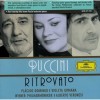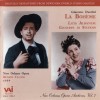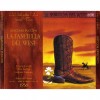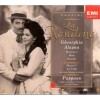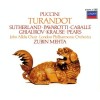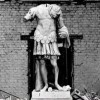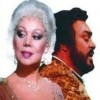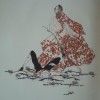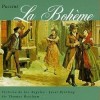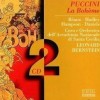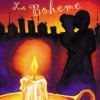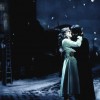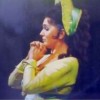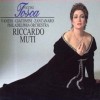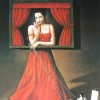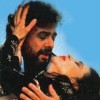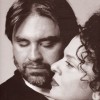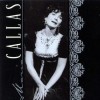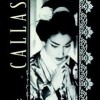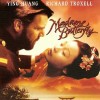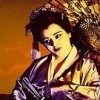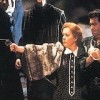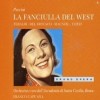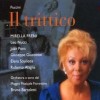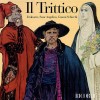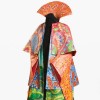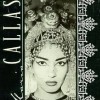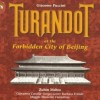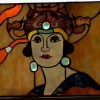Composers
Giacomo Antonio Domenico Michele Secondo Maria Puccini was an Italian opera composer.
His most famous opera works that were frequently performed includes; Labohème, Tosca, Madama Butterfly and Turandot.
Puccini was born on December, 22 in 1858, at Lucca in Tuscany. He belonged to a musical family that had been serving music for five last generations. The most famous musical composer, namely Domenico Puccini, who always shined as a bright star in the history of music also belonged to his family. Puccini’s father died when he was just five years old, then he was looked after by his uncle Fortunato Magi, who also thought him and often regarded Puccini as a poor and undisciplined student.
Puccini got admission in the Milan Conservatory, in order to study composition with Amilcare Ponchielli and Antonio Bazzini. While studying at the Conservatory, Puccini got a libretto from Ferdinando Fontana and used it in a one-act opera competition, held in 1882.
Later he composed the Messa, which was presented at a setting of the full Catholic Mass, when he was at the age of 21. Although, Puccini was the only composer who completed the title work of Messa by his day and night efforts, but today this Messa is best known as ‘Messa di Gloria’m, a name that technically refers to setting of only the first two prayers of the Mass, namely the Kyrie and the Gloria, while omitting Credo, Sanctus, and Agnus Dei.
Puccini’s Messa anticipated his career as an operatic composer by showing influence of the drama over him and soon he moved forth onto the stage with his powerful "arias". That Puccini’s work was certainly more operatic than his usual church music. Then Puccini went to Lucca, where he took the position of church organist and choir master due to the influence of wonderful presentation of Verdi's Aida.
In 1891, Puccini went to Torre Del Lago (a small community, which was spread on around 15 miles in Lucca and situated between the Tyrrhenian Sea and Lake Massaciuccoli), where he spent most of his lifetime. Most of his free time there Puccini spent in hunting and regular visiting Lucca.
Puccini was always welcomed for his melodic gift; another distinctive characteristic of Puccini was the use of the voice in the style of speech. Many of Puccini’s melodies were both memorable and enduringly popular. These melodies were composed on the sequences from the scale. That is why still today, it is not rare to find at least one Puccini Aria included in an operatic singer's CD album or recital.
The most successful operas written by Puccini at Torre Del Lago, includes; “Manon Lescaut”, "Donna non vidi mai", "O soave fanciulla" and “O mio babbino caro". Puccini had completed La fanciulla Del West and Larondine, in 1917 and 1910, respectively.
Puccini’s third most successful opera “Manon Lescaut”, which opened the new doors for Puccini’s successful career, was performed in 1893. “Manon Lescaut” launched his remarkable relationship with the librettists Luigi Illica and Giuseppe Giacosa, who later collaborated with Puccini on his next three operas namely “La bohème”(it was performed in 1896 and regarded as Puccini’s best opera among his romantic operas), “Tosc” (This opera generally got major importance in the history of opera because of its realistic description of life and many other significant features: performed in 1900) and “Madama Butterfly” (which was performed in 1904 and was mostly organized by Puccini’s rivals).
Puccini's style was always avoided by musicologists, emphasis on melody and evident popular appeal, lacked "seriousness" and based on perception. Despite the Puccini’s popular tradition of Verdi, his style of orchestration always presented the strong influence of Wagner, by matching specific orchestral configurations and timbres to different dramatic moments.
Most of Puccini’s operas contained an unparalleled manipulation of orchestral colors with the orchestra, which often used for creating the scene's atmosphere.
No doubt, Puccini built his successful career in spite of many crises and contradictions. The structure of Puccini works was not always noteworthy. Most of his opera work was in an extent form and was divided into arias or numbers. Many people did not care about him but still did admire him. Unlike Italian operas, Puccini’s operas were often set outside Italy, in exotic places like Japan, California, Paris, Riviera and China.
Unlike Wagner and Verdi, Puccini did not showed any interest in the politics. However, Mussolini, Fascist dictator of Italy claimed that Puccini tried for joining National Fascist Party.
After 1904, Puccini could not pay attention to his musical compositions due to a car accident that happened because of his passion of driving fast in 1903. Puccini was married with Elvira. In 1909, she falsely accused her maid Doria Manfredi of having an affair with Puccini. Doria Manfredi had then committed suicide.
Puccini was a habitual Toscano cigar chain smoker. In his last years he began to complain of chronic sore throats throughout the end of 1923. After that he was diagnosed as suffering with throat cancer.
Puccini’s doctors recommend him a new and experimental radiation therapy, which later offered in Brussels. After all, Puccini died there because of his ailment at November 29, 1924.
While staying in Torre Del Lago, Puccini acquired land and built a villa on the lake, this villa is now best known as the "Villa Museo Puccini". He lived here until 1921, when this place got polluted by peat works on the lake. This situation forced Puccini to go to Viareggio, which was a few kilometers from this place.
After the death of Puccini, a mausoleum was created in his villa and Puccini was buried there in the chapel, along with his wife and son who died later. Puccini’s villa is presently owned by his granddaughter Simonetta Puccini, who made it open for visiting.
Puccini left his final opera uncompleted with its last two scenes, which were later completed by Franco Alfano. IT was premiered in April 1926, in front of big audience in Italian.
Recently Added
| Country: | Italy |
| Period: | il Verismo |
Biography
Giacomo Antonio Domenico Michele Secondo Maria Puccini was an Italian opera composer.
His most famous opera works that were frequently performed includes; Labohème, Tosca, Madama Butterfly and Turandot.
Puccini was born on December, 22 in 1858, at Lucca in Tuscany. He belonged to a musical family that had been serving music for five last generations. The most famous musical composer, namely Domenico Puccini, who always shined as a bright star in the history of music also belonged to his family. Puccini’s father died when he was just five years old, then he was looked after by his uncle Fortunato Magi, who also thought him and often regarded Puccini as a poor and undisciplined student.
Puccini got admission in the Milan Conservatory, in order to study composition with Amilcare Ponchielli and Antonio Bazzini. While studying at the Conservatory, Puccini got a libretto from Ferdinando Fontana and used it in a one-act opera competition, held in 1882.
Later he composed the Messa, which was presented at a setting of the full Catholic Mass, when he was at the age of 21. Although, Puccini was the only composer who completed the title work of Messa by his day and night efforts, but today this Messa is best known as ‘Messa di Gloria’m, a name that technically refers to setting of only the first two prayers of the Mass, namely the Kyrie and the Gloria, while omitting Credo, Sanctus, and Agnus Dei.
Puccini’s Messa anticipated his career as an operatic composer by showing influence of the drama over him and soon he moved forth onto the stage with his powerful "arias". That Puccini’s work was certainly more operatic than his usual church music. Then Puccini went to Lucca, where he took the position of church organist and choir master due to the influence of wonderful presentation of Verdi's Aida.
In 1891, Puccini went to Torre Del Lago (a small community, which was spread on around 15 miles in Lucca and situated between the Tyrrhenian Sea and Lake Massaciuccoli), where he spent most of his lifetime. Most of his free time there Puccini spent in hunting and regular visiting Lucca.
Puccini was always welcomed for his melodic gift; another distinctive characteristic of Puccini was the use of the voice in the style of speech. Many of Puccini’s melodies were both memorable and enduringly popular. These melodies were composed on the sequences from the scale. That is why still today, it is not rare to find at least one Puccini Aria included in an operatic singer's CD album or recital.
The most successful operas written by Puccini at Torre Del Lago, includes; “Manon Lescaut”, "Donna non vidi mai", "O soave fanciulla" and “O mio babbino caro". Puccini had completed La fanciulla Del West and Larondine, in 1917 and 1910, respectively.
Puccini’s third most successful opera “Manon Lescaut”, which opened the new doors for Puccini’s successful career, was performed in 1893. “Manon Lescaut” launched his remarkable relationship with the librettists Luigi Illica and Giuseppe Giacosa, who later collaborated with Puccini on his next three operas namely “La bohème”(it was performed in 1896 and regarded as Puccini’s best opera among his romantic operas), “Tosc” (This opera generally got major importance in the history of opera because of its realistic description of life and many other significant features: performed in 1900) and “Madama Butterfly” (which was performed in 1904 and was mostly organized by Puccini’s rivals).
Puccini's style was always avoided by musicologists, emphasis on melody and evident popular appeal, lacked "seriousness" and based on perception. Despite the Puccini’s popular tradition of Verdi, his style of orchestration always presented the strong influence of Wagner, by matching specific orchestral configurations and timbres to different dramatic moments.
Most of Puccini’s operas contained an unparalleled manipulation of orchestral colors with the orchestra, which often used for creating the scene's atmosphere.
No doubt, Puccini built his successful career in spite of many crises and contradictions. The structure of Puccini works was not always noteworthy. Most of his opera work was in an extent form and was divided into arias or numbers. Many people did not care about him but still did admire him. Unlike Italian operas, Puccini’s operas were often set outside Italy, in exotic places like Japan, California, Paris, Riviera and China.
Unlike Wagner and Verdi, Puccini did not showed any interest in the politics. However, Mussolini, Fascist dictator of Italy claimed that Puccini tried for joining National Fascist Party.
After 1904, Puccini could not pay attention to his musical compositions due to a car accident that happened because of his passion of driving fast in 1903. Puccini was married with Elvira. In 1909, she falsely accused her maid Doria Manfredi of having an affair with Puccini. Doria Manfredi had then committed suicide.
Puccini was a habitual Toscano cigar chain smoker. In his last years he began to complain of chronic sore throats throughout the end of 1923. After that he was diagnosed as suffering with throat cancer.
Puccini’s doctors recommend him a new and experimental radiation therapy, which later offered in Brussels. After all, Puccini died there because of his ailment at November 29, 1924.
While staying in Torre Del Lago, Puccini acquired land and built a villa on the lake, this villa is now best known as the "Villa Museo Puccini". He lived here until 1921, when this place got polluted by peat works on the lake. This situation forced Puccini to go to Viareggio, which was a few kilometers from this place.
After the death of Puccini, a mausoleum was created in his villa and Puccini was buried there in the chapel, along with his wife and son who died later. Puccini’s villa is presently owned by his granddaughter Simonetta Puccini, who made it open for visiting.
Puccini left his final opera uncompleted with its last two scenes, which were later completed by Franco Alfano. IT was premiered in April 1926, in front of big audience in Italian.
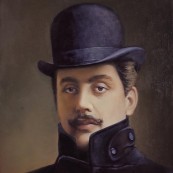





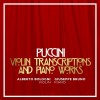
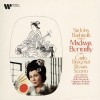
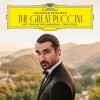
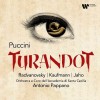
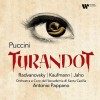
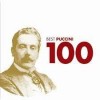
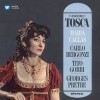


![The Opera Album 2011. [CD 2 of 2]](http://static.classicalm.com/repository/collection-cover/small/1345-img1369921777459572.jpg)
![The Opera Album 2011. [CD 1 of 2]](http://static.classicalm.com/repository/collection-cover/small/1344-img1369919954895586.jpg)
![Great Voices Of The Century - Sopranos, The Greatest Arias [CD3 of 4]](http://static.classicalm.com/repository/collection-cover/small/1403-img1403278854225982.jpg)
![Great Voices Of The Century - Sopranos, The Greatest Arias [CD4 of 4]](http://static.classicalm.com/repository/collection-cover/small/1404-img1403279266849057.jpg)
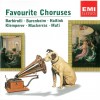
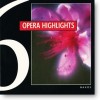
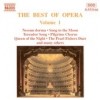
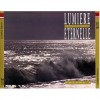
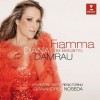
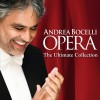

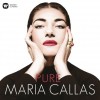
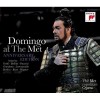
![In the South [Brodsky Quartet]](http://static.classicalm.com/repository/disk-cover/small/4085-img1409754445889055.jpg)
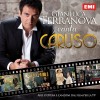

![Roberto Alagna. Mes Plus Grands Roles A L'Opera [CD3 of 3]](http://static.classicalm.com/repository/disk-cover/small/3162-img1383837889190962.jpg)
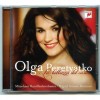
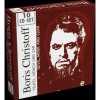
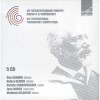
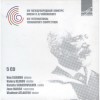
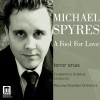
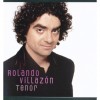

![The 100 Most Beautiful Melodies [CD 3 of 6]](http://static.classicalm.com/repository/disk-cover/small/2912-img1361461642604961.jpg)
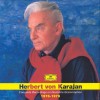
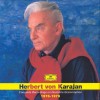

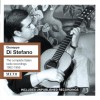
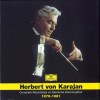
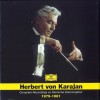
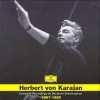
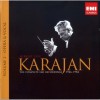
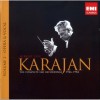
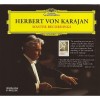
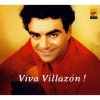
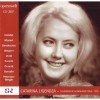
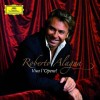
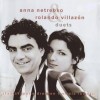
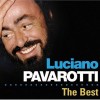
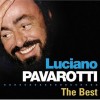
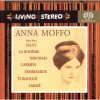

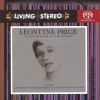



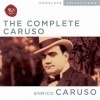
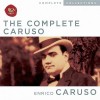
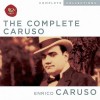
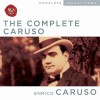
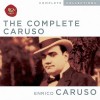
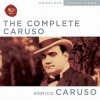
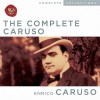



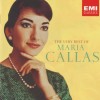
![Rita Streich - The Viennese Nightingale [CD 5 of 8]](http://static.classicalm.com/repository/disk-cover/small/3038-img1372359002122453.jpg)
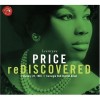
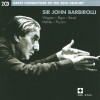
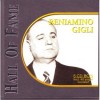
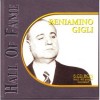
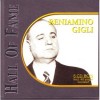
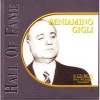
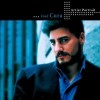

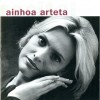
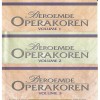
![Magda Olivero - The Famous Amsterdam Concerts 1967-1968-1972 [CD1of2]](http://static.classicalm.com/repository/disk-cover/small/3531-img1403351111788643.jpg)
![Magda Olivero - The Famous Amsterdam Concerts 1967-1968-1972 [CD2of2]](http://static.classicalm.com/repository/disk-cover/small/3532-img1403351457668273.jpg)
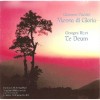
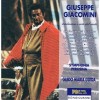
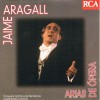
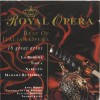

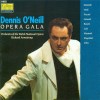
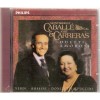

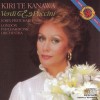
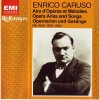
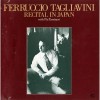
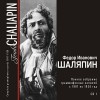
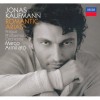
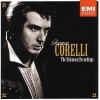
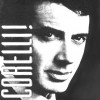
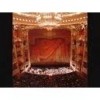
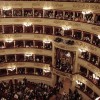
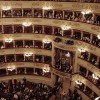
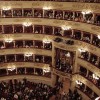
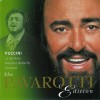
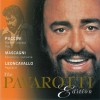
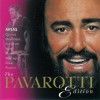
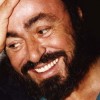
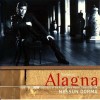
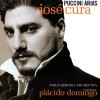
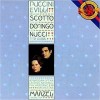
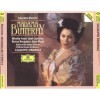
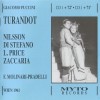
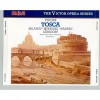
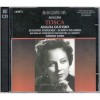
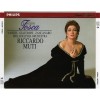
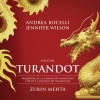
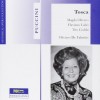
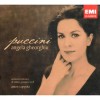
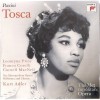
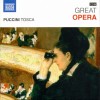
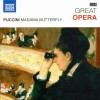
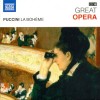
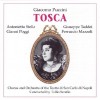
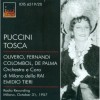
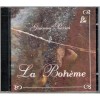
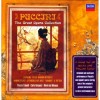
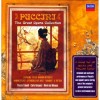
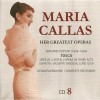
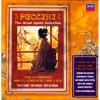
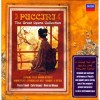
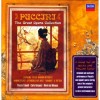
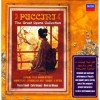
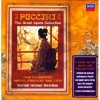
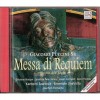
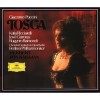
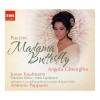
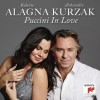
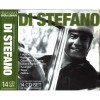
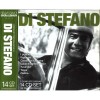
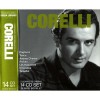
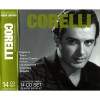
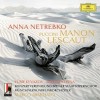
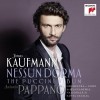
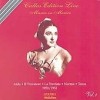
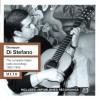
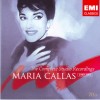
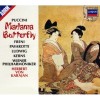
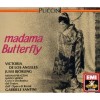
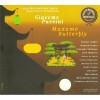
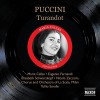
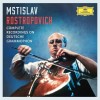
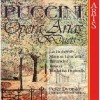
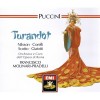
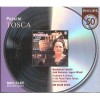
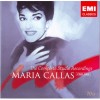
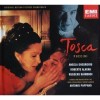
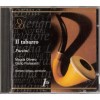
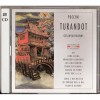
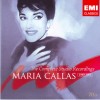
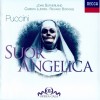
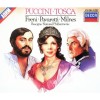
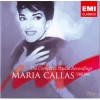
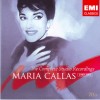
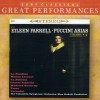
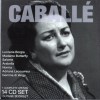
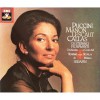
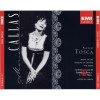
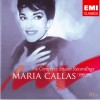
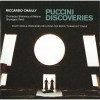
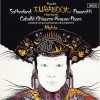
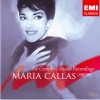
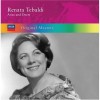
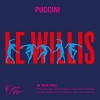
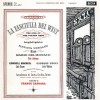
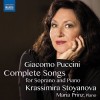

![Maria Callas - Puccini - La Boheme (1956) [Remastered 2014]](http://static.classicalm.com/repository/composition-cover/small/42638-img1625169757364135.jpg)
![Maria Callas - Puccini Manon Lescaut (1957) [Remastered 2014]](http://static.classicalm.com/repository/composition-cover/small/22927-img1423136118297826.jpg)
![Maria Callas - Puccini - Madama Butterfly (1955) [Remastered 2014]](http://static.classicalm.com/repository/composition-cover/small/42639-img1625170531823381.jpg)
![Maria Callas - Puccini Tosca (1953) [Remastered 2014]](http://static.classicalm.com/repository/composition-cover/small/22928-img1423138940430395.jpg)
![Maria Callas - Puccini Turandot (1957) [Remastered 2014]](http://static.classicalm.com/repository/composition-cover/small/22929-img1423139417556574.jpg)
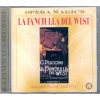
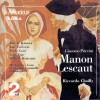
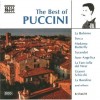
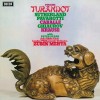
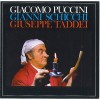
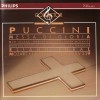
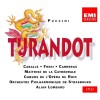
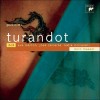
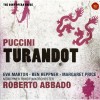
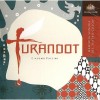
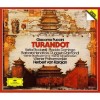
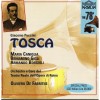
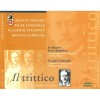
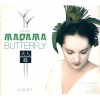
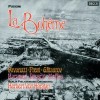
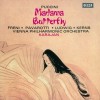
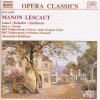
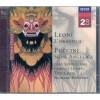
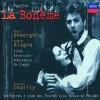
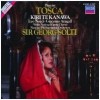
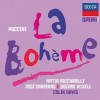
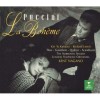
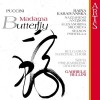
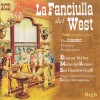
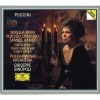
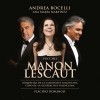
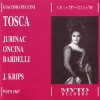
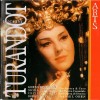
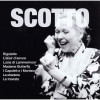
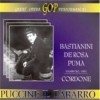
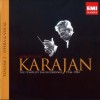
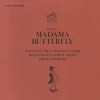
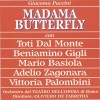
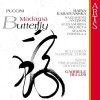
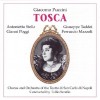
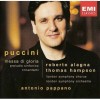
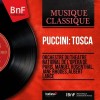
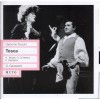
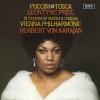
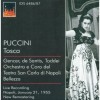
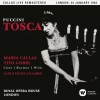
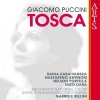
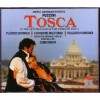
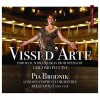
![Puccini - Madame Butterfly [Steber, Tucker, Valdengo - Max Rudolf, 1949]](http://static.classicalm.com/repository/composition-cover/small/16867-img1381948921299760.jpg)
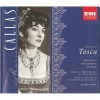
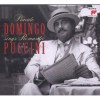
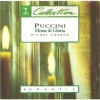
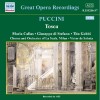
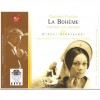
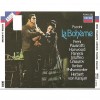
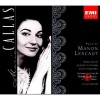
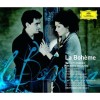
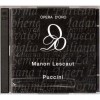
![Tosca [Carreras, Marton, 1988]](http://static.classicalm.com/repository/composition-cover/small/19698-img1400840797502489.jpg)
